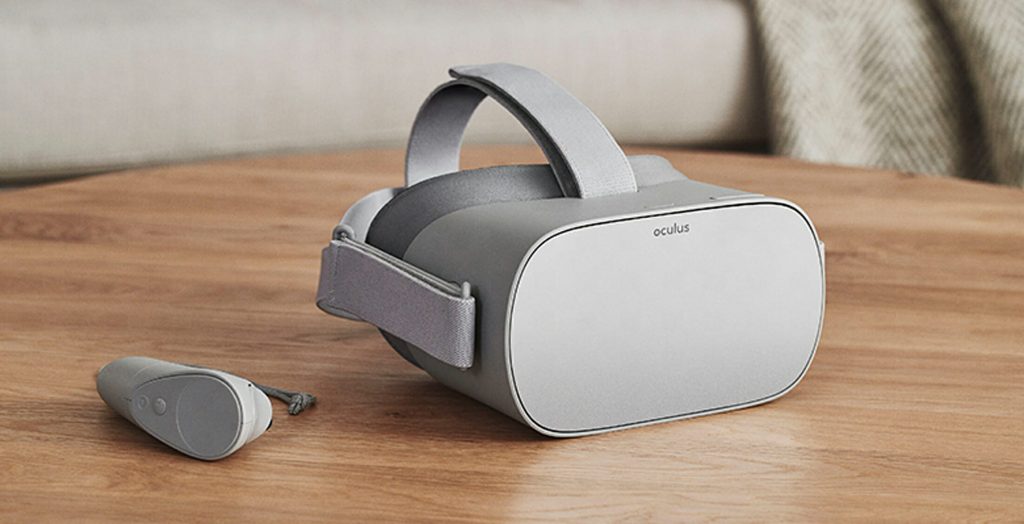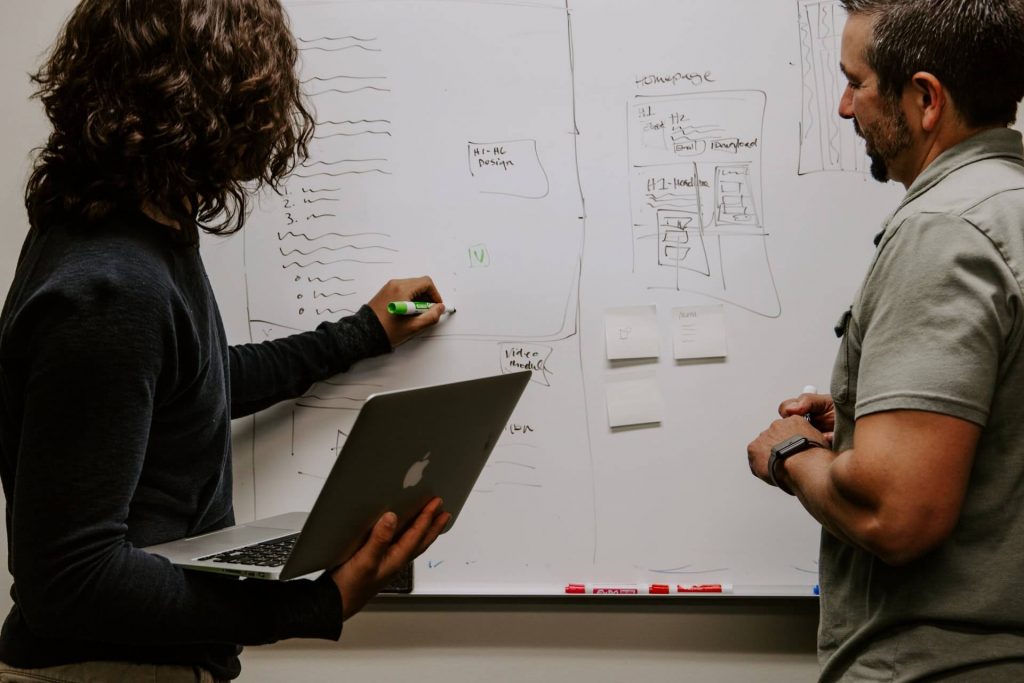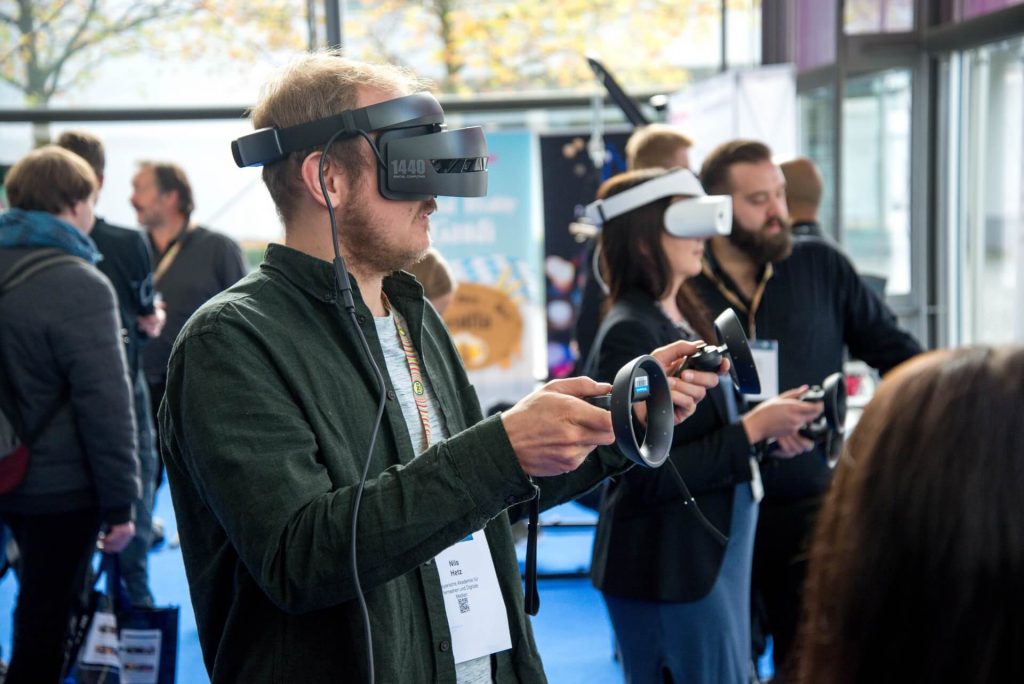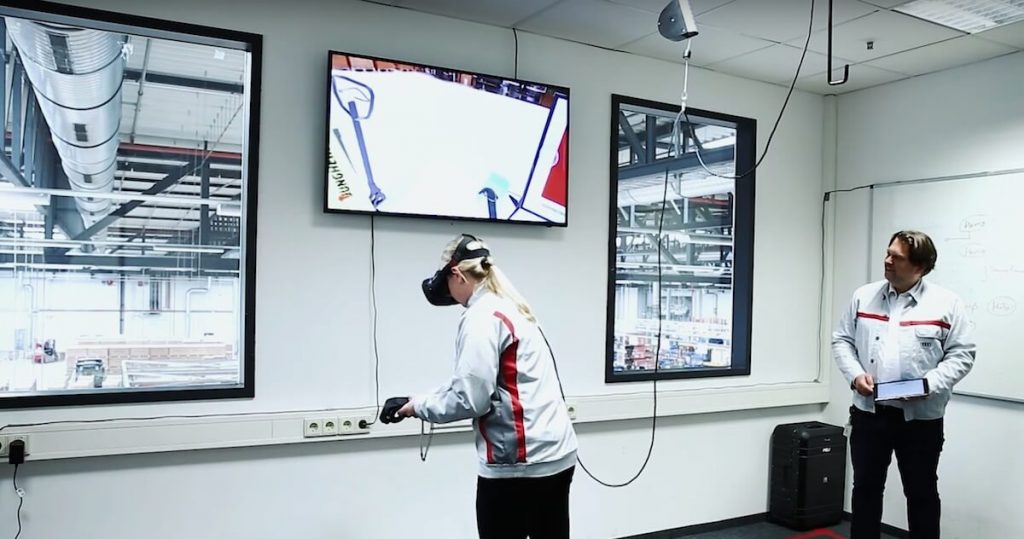With workplace automatization, the attention has shifted from hard to soft skills. Soft skills are already a great differentiator in jobs that require lots of interpersonal skills. However, people working in jobs that demand specific skills will have to improve their soft skills to be able to compete with others. Immersive learning with VR as a solution allows learners to receive real-world emotional responses and reflect on their performance. But more about that later in the post.
Soft skills VS. hard skills
If you are still unsure what soft skills are, read further. Let us explain the difference between soft and hard skills.
Soft skills are unique to every one of us. They are interpersonal skills that show the way you interact with others in the workplace. The majority of the jobs require specific knowledge, but that doesn’t mean you can neglect the importance of soft skills. Proficiency in those skills is what managers are searching for the most when looking through prospective job candidates.
To give you a better idea, softs skills include:
- Leadership skills
- Teamwork
- Communication and problem-solving skills
- Cross-cultural communication
- Interpersonal skills,…
Hard skills are job-specific and technical. You gain them through education, certifications, work experience, and training. As opposed to soft skills, hard skills can be easily measured, taught, and tested through exams.
We’re here to show you that soft skills can be taught as well. After all, almost every job requires human interaction in or outside the organization. That’s why soft skills training is essential for the long-term success of your organization. Imagine presenting a brilliant idea with a great implementation capacity to a potential investor, but lacking the ability to communicate the idea across? You encounter an obstacle, right? Not with a bit of training. And VR has proven as a successful help.
Why use VR for soft skills training?
Avoid mistakes in real life
VR’s ability to recreate high-risk/low-frequency interpersonal situations in the safety of the virtual world allows employees and managers to train their skills in areas such as public speaking or communicating unpleasant information. Mistakes in the virtual world don’t leave consequences in real life, so you should not be afraid to make them. You know what they say, we learn from our mistakes.
Cost reduction
The costs of making a mistake in VR are nothing compared to the cost of human error in a real-life scenario. VR is especially useful for people fighting anxiety, who usually avoid experiencing learning. It gives them a safe place to develop skills that improve their real-life interactions.
Instant feedback on performance
Further, VR allows employees to receive instant feedback on their performance, highlighting the areas they could improve. The focus is on analyzing eye contact, tone, volume, and speaking pace.
Let’s get back to our potential investor case. With a bit of training, you’ll be able to not only explain the main idea but also have the correct presence, and present with the right pitch, all while maintaining eye contact and confidence throughout your speech.

How can 360-degree videos help you with soft skills training?
As part of VR, 360-degree videos like Viar360 could be also used in soft skills training. The entire room is filmed using a camera. This provides an even more realistic experience, giving a feel you’re actually in that room. 360-degree videos are used mostly when accurate human physical and verbal emotions are needed from the avatar which whom you communicate with. More, 360-degree technology films actual humans as avatars, enhancing the realistic feel even more.
What about the future?
So far, we’re looking into a bright future of skills training with VR. As the need for soft skills grows bigger, so does the importance of acquiring them. Judging by the predictions, new technologies, such as voice and body recognition will be implemented into the VR experience, enhancing its realistic effect. VR is supposed to become widely accessible and includes an option of multi-participant immersion, which is perfect for teaching soft skills, as it trains larger groups of people at the same time.





